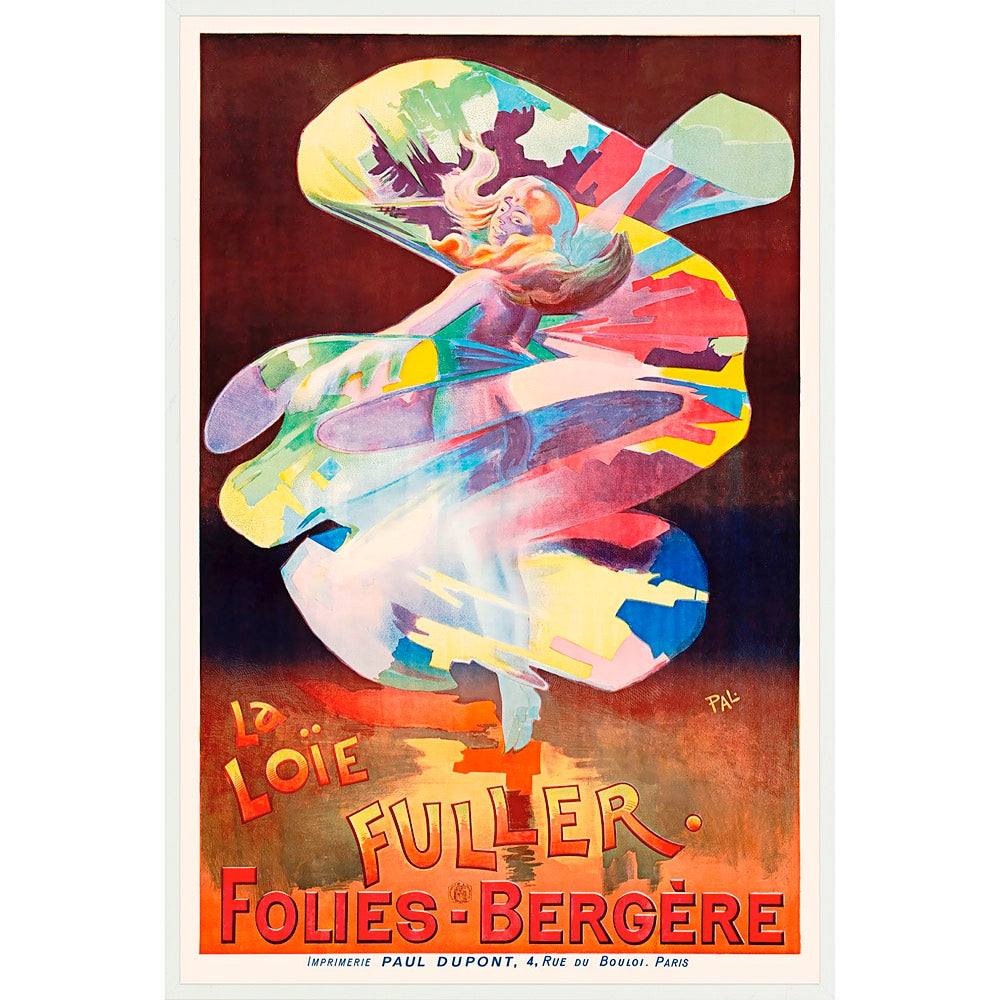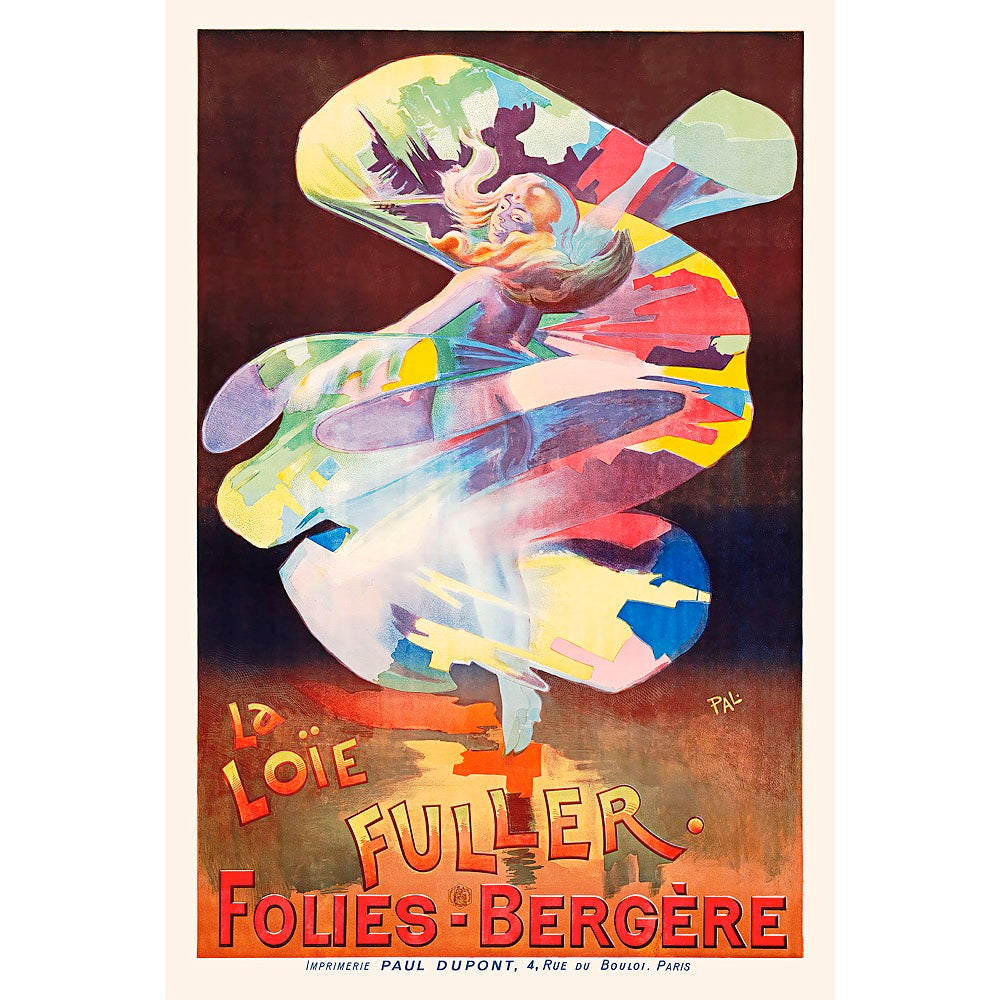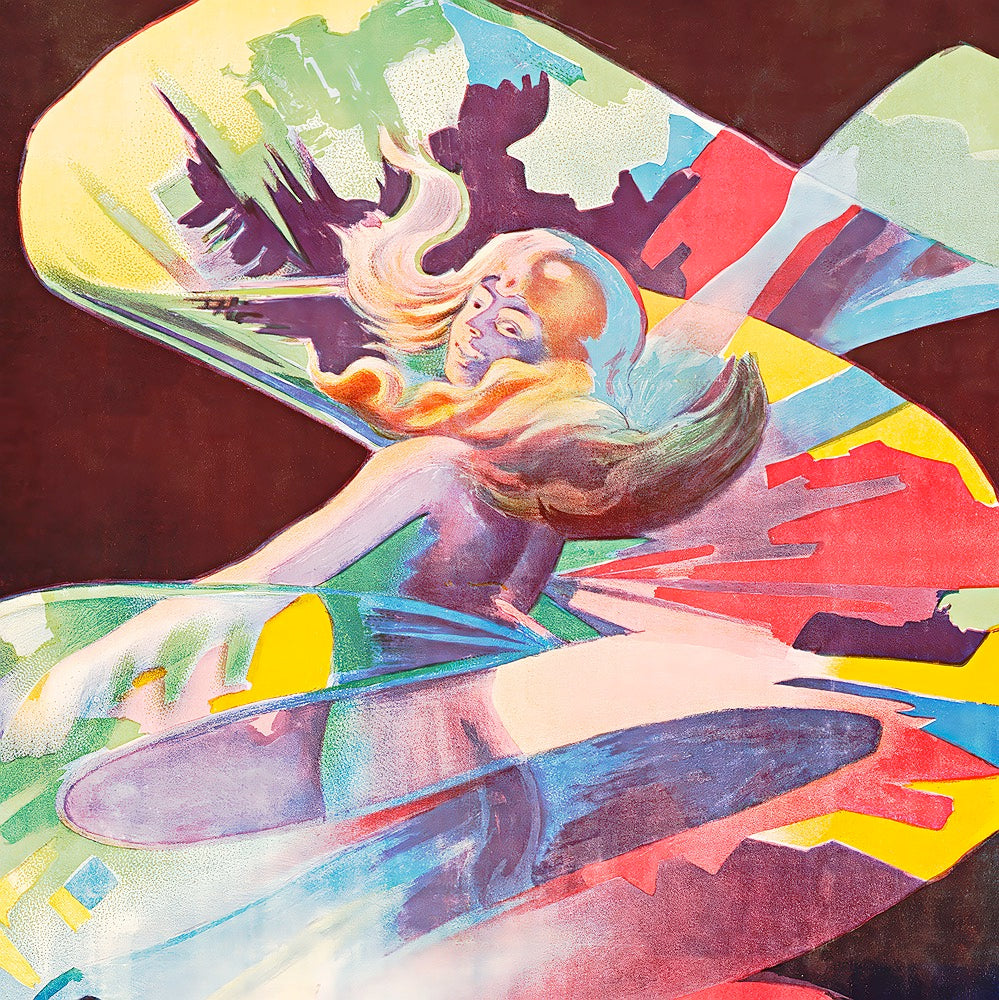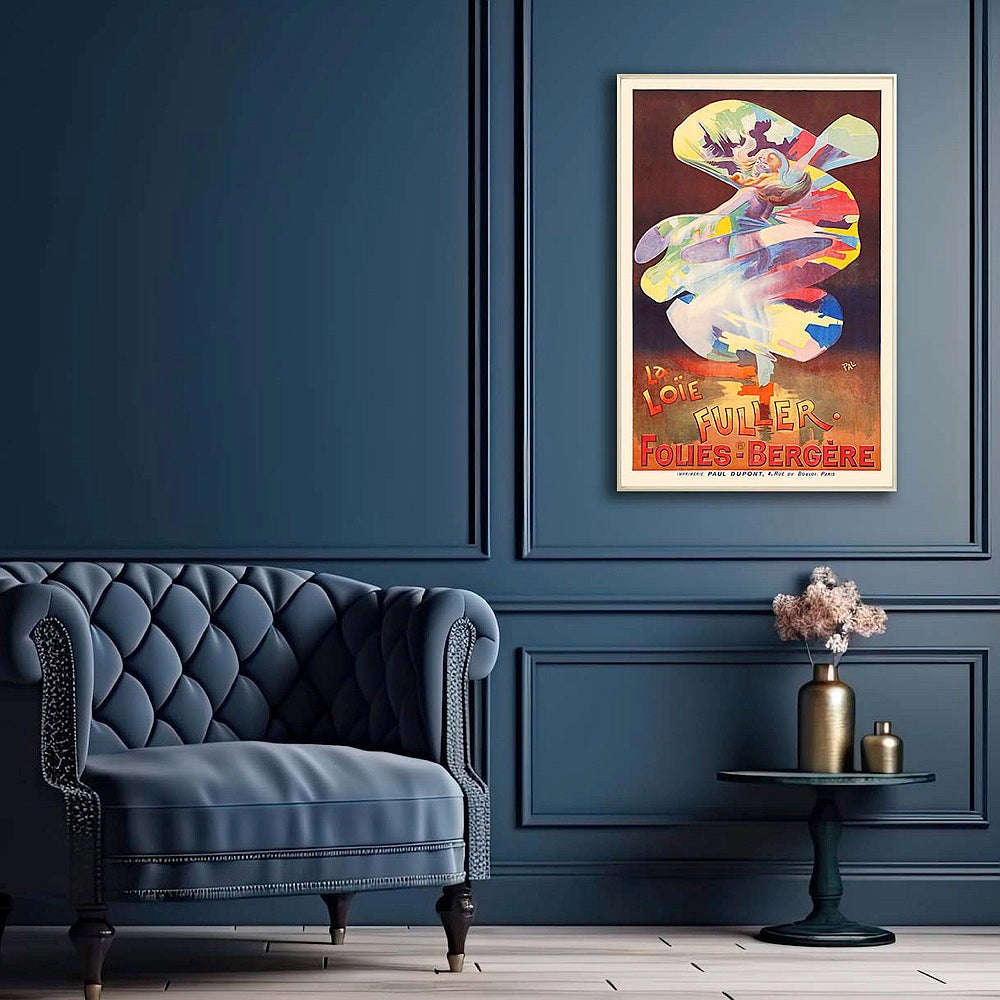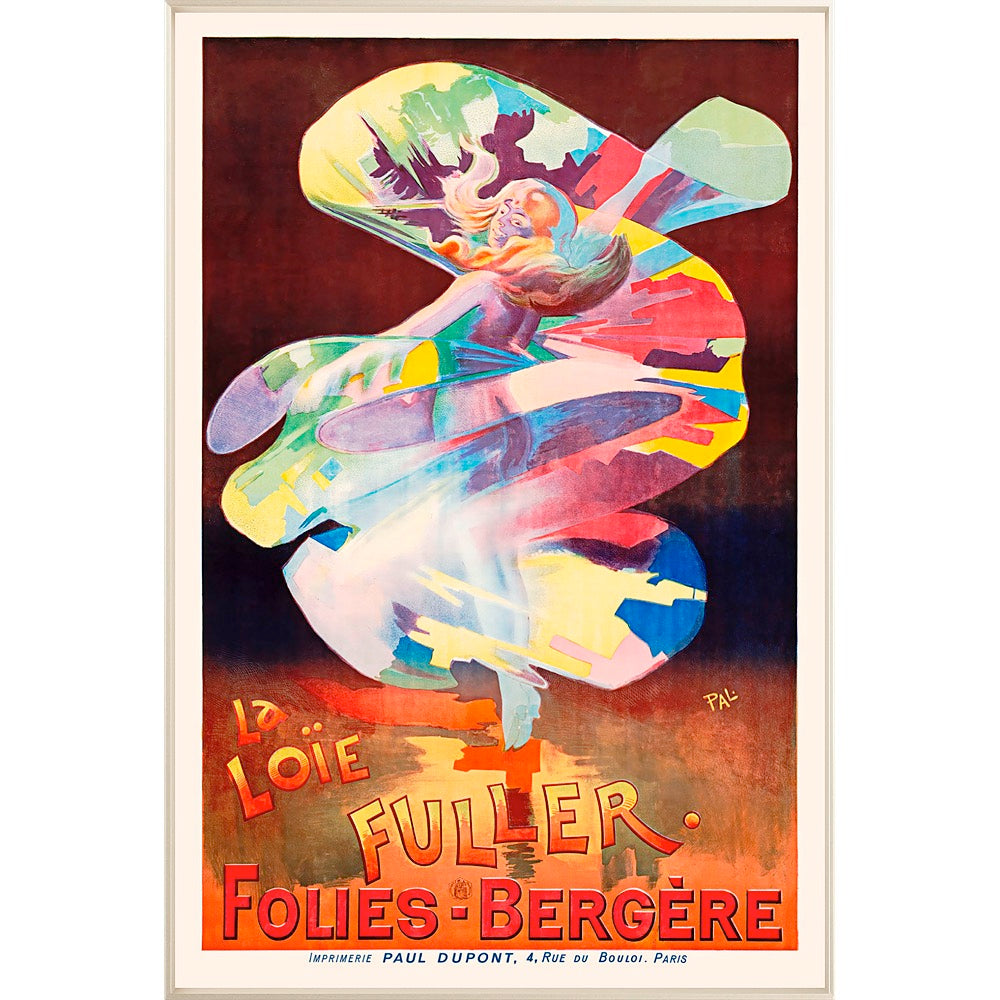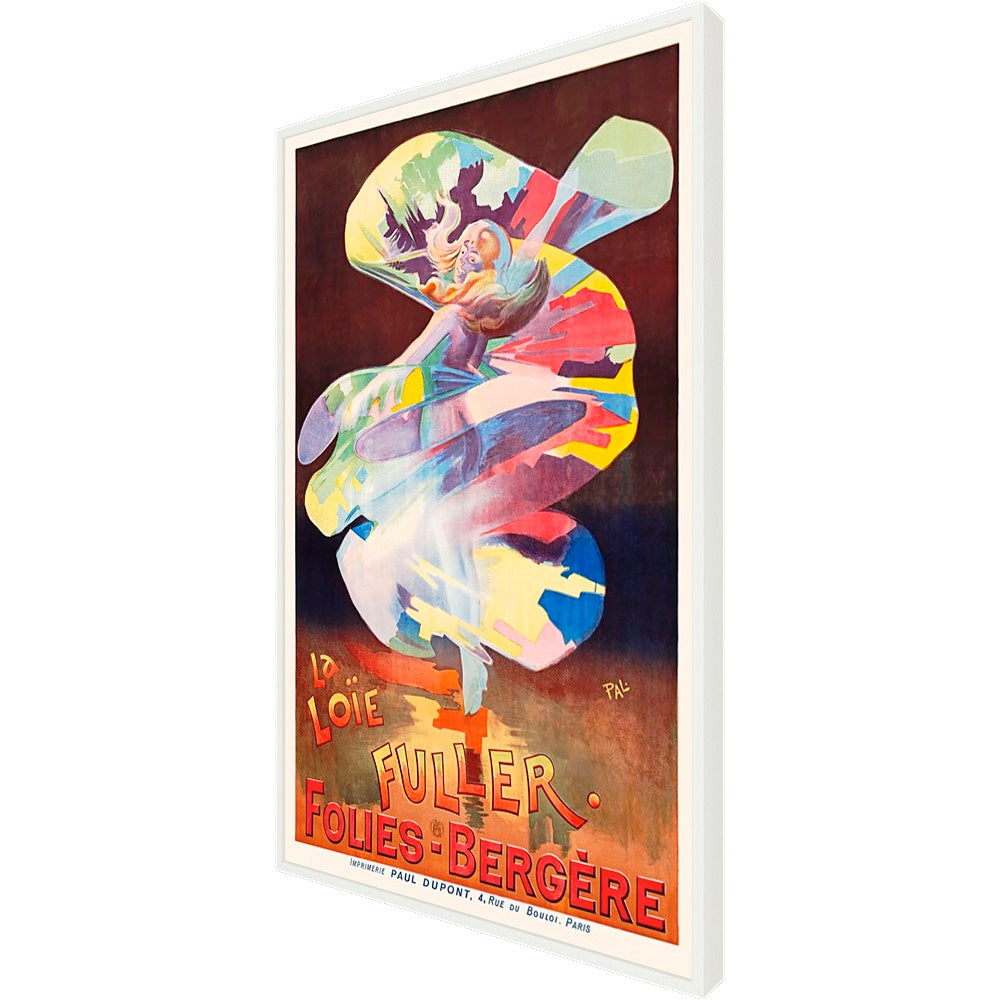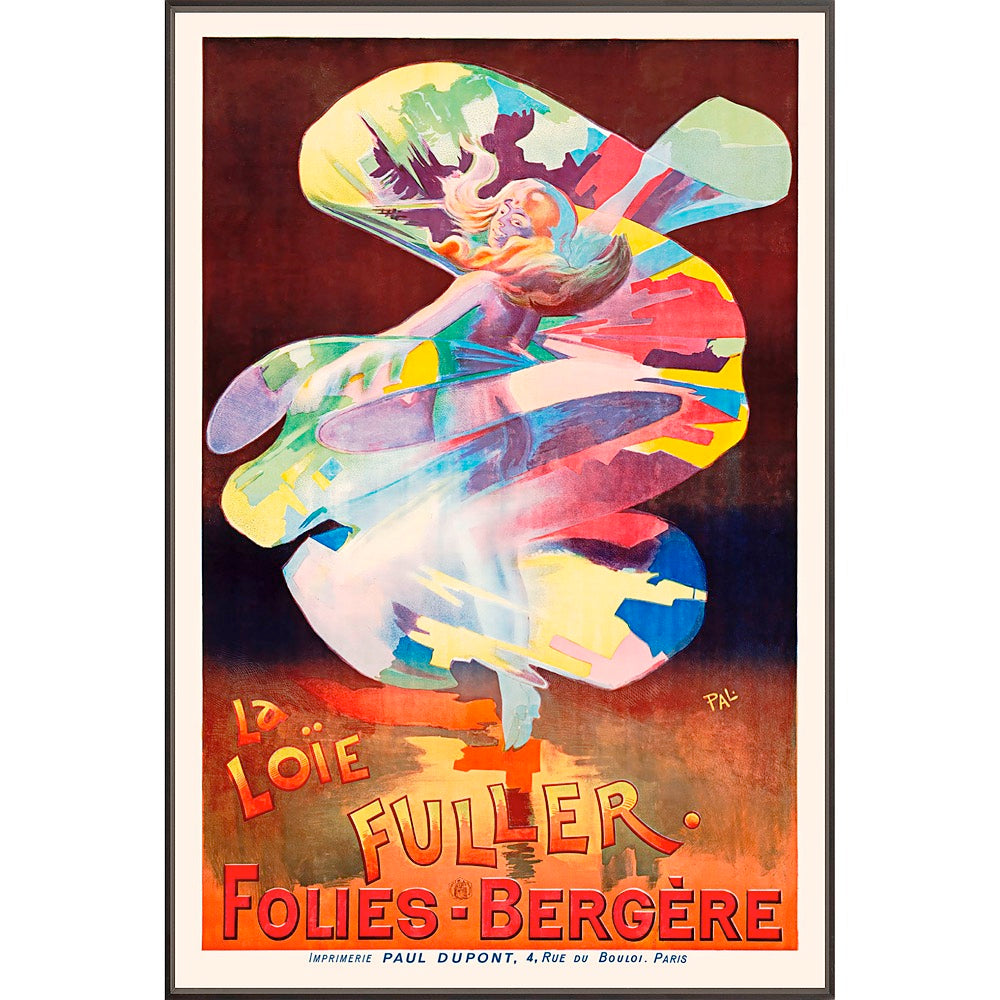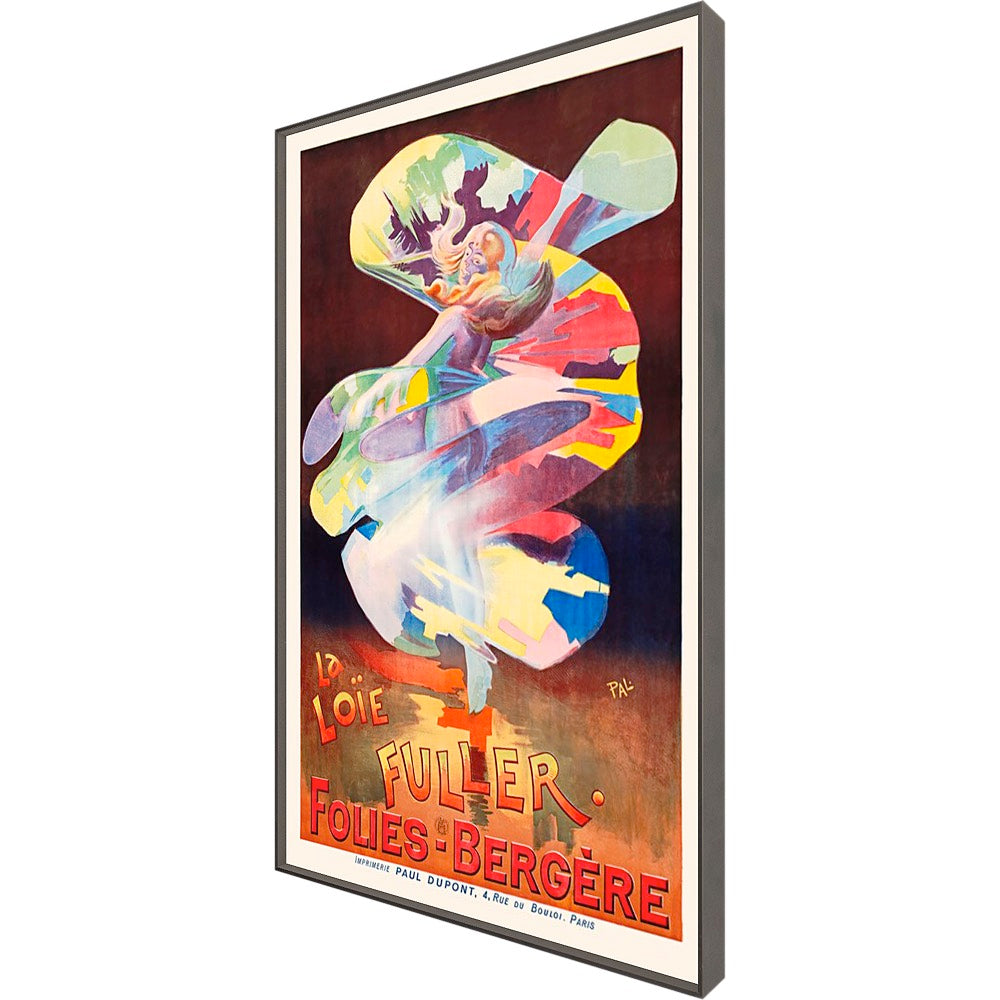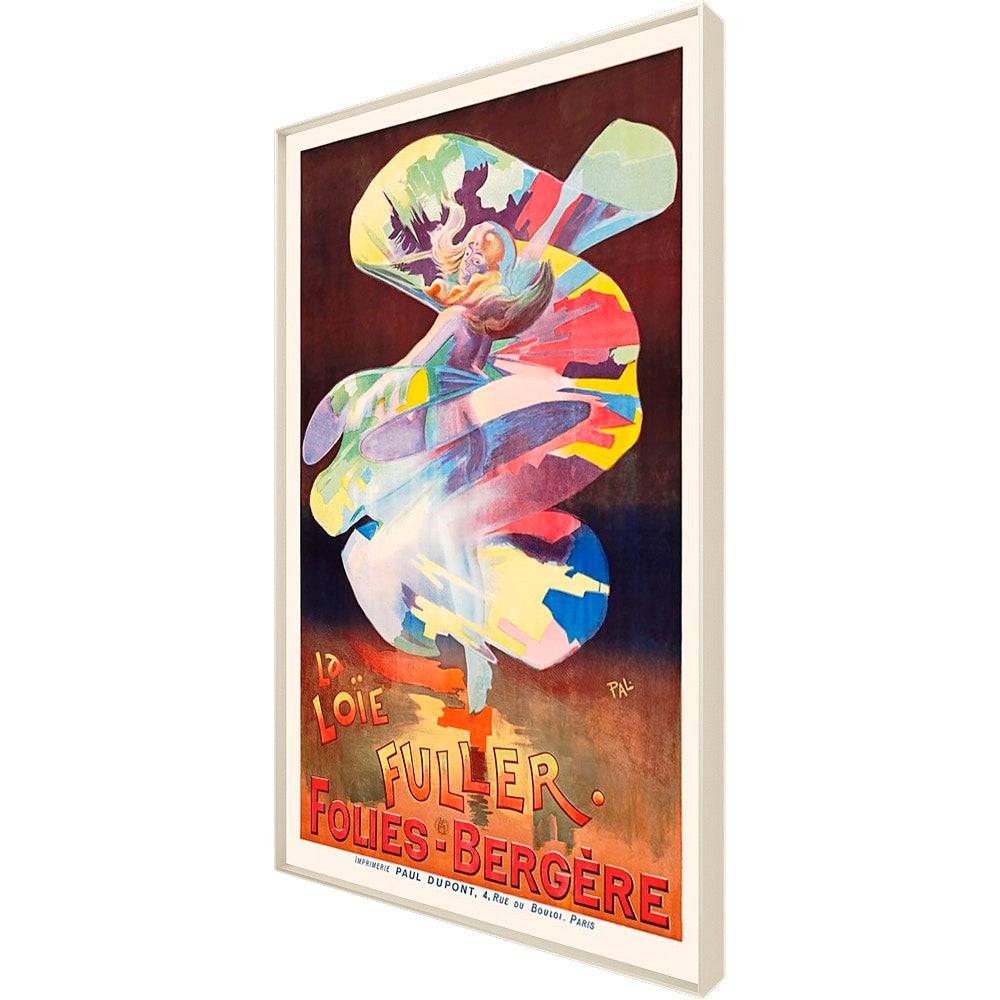LUXE EDITION
Folies Bergère
Folies Bergère
Couldn't load pickup availability
Shipping & Return Policy
Shipping & Return Policy
Print delivery: 5–11 days
Framed prints and decor: 2-3 weeks
Returns within 2 weeks
See policies in the footer
Luxe vs. Classic Prints
Luxe vs. Classic Prints
Luxe Prints – Premium prints on a variety of high-end fine art paper options and frames for a sophisticated presentation. Some fit standard frames, while others maintain non-standard historical proportions.
Classic Prints – Affordable, high-quality prints with a smoother finish for sharp detail designed to fit off-the-shelf frames. Classic prints have the word 'classic' above the title and a letter which shows the sizes that the print comes in. Size A– 4x6", 12x18", 16x24", 20x30" B– 6x8", 9x12", 12x16", 18x24", 24x30" C– 8x10", 16x20"
Understanding Our Print Sizes
Understanding Our Print Sizes
Historical prints vary in proportion based on their original format. Whenever possible, we match them to the closest standard size, using common print ratios like 2:3 (e.g., 8x12) or 3:4 (e.g., 9x12). However, resizing some prints can distort the artwork's integrity, so we can only offer them in their original proportions. Additionally, we use different printers for our product lines, and not all sizes are available with every printer.
A reprint of lithograph from the late 19th century, by the Romanian artist Pal (Jean de Paleologu), is an enchanting depiction of Loïe Fuller, the iconic American dancer celebrated for her groundbreaking performances. Fuller's unique dance style, which combined flowing silk costumes with innovative lighting, is beautifully captured in this artwork.
Why We Picked It
Fuller is shown in a moment of dance, her figure enveloped in swirling fabrics that seem to come alive with her movements. The lithograph uses fluid lines and vibrant colors to create a sense of motion, making the viewer almost feel the energy and dynamism of Fuller's performance. The piece is a reminder of the creativity and innovation that defined the late 19th century art scene.
Loïe Fuller emerged as a pivotal figure in the late 19th-century cultural landscape, a time marked by rapid change and experimentation in the arts. Her performances became emblematic of the fin de siècle, a period characterized by a fascination with modernity and innovation. As a key player in the Art Nouveau movement, Fuller's work bridged the gap between visual art and performance, reflecting the era's desire to transcend traditional boundaries.
Notable Context
Loie Fuller was born on February 15, 1862, in Fullersburg, Illinois, as Mary Louise Fuller. he began her career as a performer in the theater, where she initially focused on acting and singing. However, she soon transitioned to dance. Fuller gained fame for her "Serpentine Dance," which involved flowing movements and the use of voluminous skirts that created dynamic visual effects. She would often manipulate her skirts to simulate waves and other natural phenomena. Fuller’s work was closely associated with the Art Nouveau movement, characterized by its organic forms and flowing lines. She collaborated with notable artists and designers, including the painter and designer Alfred Stieglitz, who documented her work through photography. In the late 19th century, Fuller moved to Paris, where she became an international sensation. She performed in venues like the Folies Bergère and was a prominent figure in the artistic community.
Fuller’s use of silk costumes and colored lighting not only captivated audiences but also aligned with the broader cultural interest in technology and its application in the arts. Her shows often featured elements of spectacle and theatricality, making her a precursor to modern dance and performance art. Additionally, her influence extended to the realm of women's empowerment in the arts, as she challenged societal norms and became a symbol of artistic freedom. This context enriches our understanding of the lithograph, as it captures not just a dancer but a cultural icon who helped redefine the possibilities of artistic expression during her time.
About the Artist
Jean de Paleologu, also known as Pal, was a prominent Romanian artist born in 1855, celebrated for his work as a poster designer, illustrator, and caricaturist. Educated in Germany and France, Pal became a key figure in the Belle Époque period, creating vibrant, dynamic posters for theaters, cabarets, and commercial products. His witty caricatures and insightful illustrations graced numerous publications across Europe and the United States. Known for his bold use of color and innovative compositions, Pal's work significantly influenced the visual culture of the late 19th and early 20th centuries, leaving a lasting legacy in the fields of graphic design and illustration.
